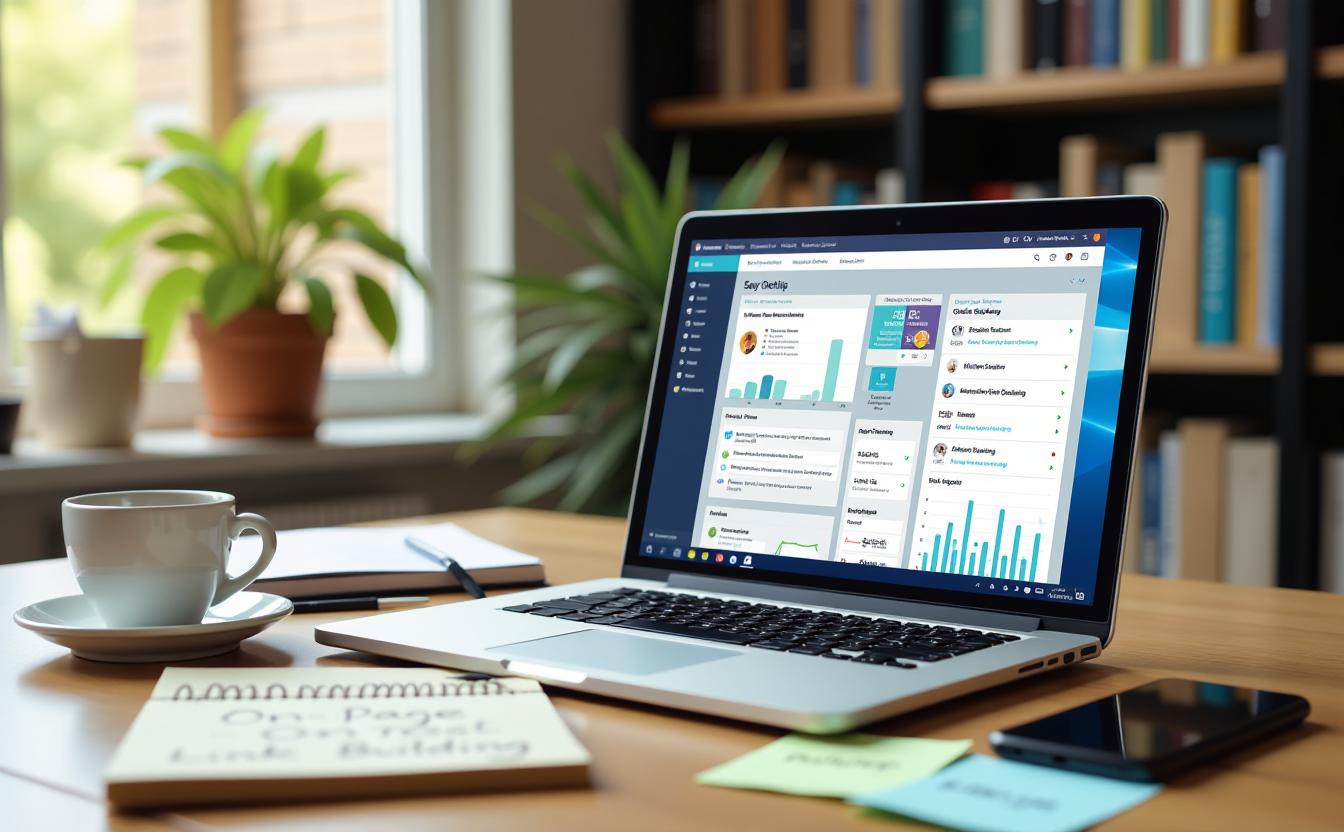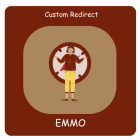Seo-Strategies-Heading Mastering SEO: Essential Strategies for High-Quality Content

Mastering SEO: Essential Strategies for High-Quality Content
Table of Contents
- Prioritize Value: Write SEO Texts That Benefit Readers
- Unique Content Only: Avoid Duplicate SEO Mistakes
- Tailor the Scope of Your SEO Texts to the Topic
- Balance Your Keyword Density
- Structure SEO Articles with Design Elements
- Use Internal Linking to Strengthen Your SEO Article
- Update Your SEO Texts Regularly
- Enhance Your SEO with Multimedia
- SEO Best Practices for Images
- Leverage AI for SEO-Optimized Content
Prioritize Value: Write SEO Texts That Benefit Readers
There are many measures you can take to optimize texts according to SEO-relevant criteria. However, there’s not much point optimizing your content if you don’t think about your readers while doing so. A search engine aims to deliver the best results relating to the user’s search query, putting the reader at the center of the search experience. To do this, Google, Bing, and other search engines rely on algorithms that attempt to assess a website’s relevance for a user. This relevance is largely related to the kind of content a website offers.
SEO-optimized articles should thematically match the search term to which they were optimized, but also be easily readable and offer value to the target group. The best-case scenario would be for the text to contain the answer to the search query. If you want to write SEO articles, you should focus on a certain topic and provide useful information for questions that could be asked about it.
Unique Content Only: Avoid Duplicate SEO Mistakes
Not only does your target group love new content, but so do search engines. This content should not appear anywhere else and is known as unique content. It’s not unusual to find pre-fabricated product descriptions or pre-formulated press releases and use them on your own website, but at the same time, it usually won’t help you rise to the top of the SERPs (Search Engine Results Pages). Duplicate or plagiarized content isn’t just bad taste, it also gets noticed by the search engines and can harm your ranking.
Tip: Avoid Duplicate Content with hreflang for Multilingual SEO
If you offer your SEO texts in several languages or localize them for different regions, your pages may be incorrectly classified as duplicate content. However, there is a simple solution to this in the form of hreflang. Our article explains what you need to bear in mind when using hreflang.
Read more about hreflangTailor the Scope of Your SEO Texts to the Topic
Since Google released its Panda update, a new creed has been adopted among SEO circles: content is king. Texts comprising 200–300 words used to be sufficient for ranking well, but longer SEO articles are now required to achieve good results. Google evaluates the information content of a text and its value to the reader using semantic analyses and user metrics such as average visit duration.
The scope of your SEO text should be proportional to the complexity of the topic. More content doesn’t automatically mean a better ranking—well-researched content with reliable sources is what search engines reward.
Balance Your Keyword Density
Search engines rely on keywords to determine a website’s relevance. When writing SEO articles, you should define relevant topic areas for your website and research significant keywords. It’s recommended to cluster keywords into synonymous keyword sets and aim for a keyword density of 1-3%. Avoid keyword stuffing and instead, use variations, synonyms, and related terms to cover the whole semantic field of a topic.
Structure SEO Articles with Design Elements
Dividing content into sections can improve readability and SEO rankings. Headers and sub-headers (h1 to h6) help structure the content. The main heading (h1) should contain the main keyword, while additional keywords should be placed in sub-headings like h2 and h3. Bolding important phrases (using the or tags) also helps search engines identify relevant information.
Use Internal Linking to Strengthen Your SEO Article
Internal and external links can increase user-friendliness and refer readers to additional information. Internal linking strengthens relevant pages within your domain. When linking externally, ensure the linked website is reliable, and use meaningful anchor texts. Use the “nofollow” attribute for external links you don’t want contributing to your link popularity.
Update Your SEO Texts Regularly
Even well-written SEO articles become outdated over time. Search engines favor domains that regularly offer fresh content. Adding new articles, news updates, or blog posts can keep your website relevant and help maintain your ranking.
Enhance Your SEO with Multimedia
Besides structural elements like titles, lists, and bullet points, SEO texts can be broken up with images and multimedia elements. Multimedia content offers more value by providing information through multiple channels. Search engines rate multimedia elements positively, as user metrics show visitors spend longer on sites with embedded videos and graphics, which leads to better rankings.
Multimedia elements can also generate traffic through image and video search engines. Call-to-actions (CTAs) are another powerful tool to engage visitors, encouraging specific actions like signing up for newsletters.
Tip
More information on SEO for images can be found in our article on image optimization for Google.
SEO Best Practices for Images
To rank well in image search results, it is important to add relevant keywords in the file name and image caption. Larger, high-resolution images tend to rank better. Additionally, using SEO-optimized title and alt tags within the HTML code helps search engines understand what the image depicts.
The title tag appears when you hover over the image, while the alt tag provides a short description that appears when the image cannot be displayed.
Create Engaging Meta Tags for SEO
When a user searches for a term, search engines display snippets (title, description, URL) in the search results. These snippets should be manually written to include relevant keywords and provide a summary of your content. Keep titles under 60 characters and descriptions around 160 characters for the best presentation.
Leverage AI for SEO-Optimized Content
Generative AI is advancing rapidly, allowing even non-technical users to generate high-quality texts, images, and videos. By using AI text generators, you can create content with SEO criteria in mind. Start by selecting an AI tool that fits your needs, and use prompt engineering to guide the AI toward your desired content.
SEO Content FAQs
Prioritize Value: Write SEO Texts That Benefit Readers
There are many measures you can take to optimize texts according to SEO-relevant criteria. However, it’s important to consider your readers while doing so. SEO-optimized articles should match the search term and offer value to the target group.
Unique Content Only: Avoid Duplicate SEO Mistakes
Not only do search engines favor unique content, but so do your readers. Avoid duplicate content, as it can harm your ranking. Original content helps your SEO performance.
Tailor the Scope of Your SEO Texts to the Topic
Longer SEO articles are needed for higher rankings. However, more content doesn’t always mean a better ranking—well-researched content is key.
Balance Your Keyword Density
A keyword density of 1-3% is recommended. Avoid keyword stuffing, and use synonyms, variations, and related terms to cover the entire topic.
Structure SEO Articles with Design Elements
Use headers (h1 to h3) and bold important phrases to structure your content. This improves both readability and SEO rankings.
Use Internal Linking to Strengthen Your SEO Article
Internal and external links enhance user experience. Meaningful anchor texts and reliable external links help strengthen your SEO.
Update Your SEO Texts Regularly
Search engines prioritize websites with fresh content. Add news, blogs, or new articles to keep your website relevant.
Enhance Your SEO with Multimedia
Multimedia content such as videos and images enhances engagement and boosts SEO rankings. Use multimedia to break up text-heavy content.
SEO Best Practices for Images
Use high-resolution images and add relevant keywords to the title and alt tags. Optimized images improve your ranking in image search results.
Create Engaging Meta Tags for SEO
Manually write meta tags with the right keywords. Keep titles below 60 characters and descriptions around 160 characters for the best visibility in search results.
Leverage AI for SEO-Optimized Content
Generative AI allows you to create SEO content efficiently. Choose an AI tool that suits your needs, and use prompt engineering to get the best results.










